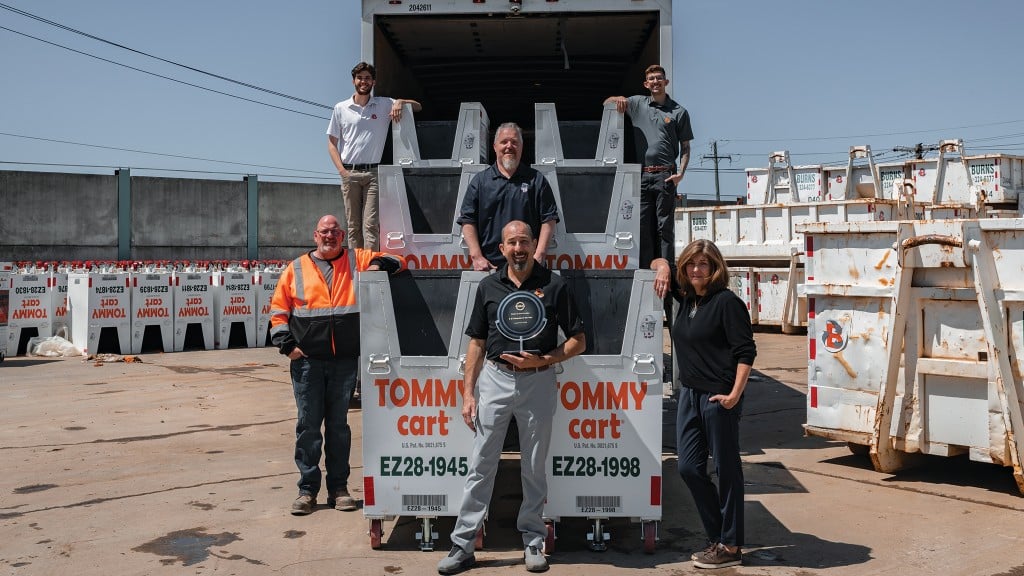It’s the markets. The businesses that recycle construction and demolition (C&D) materials rely on reliable and available end markets for their products, same as any recycling sector. But lately, like those other sectors, C&D recyclers are facing limited and shrinking markets, caused mostly by lower energy prices, some competition from other materials, and in some cases regulatory hurdles from agencies that are supposed to support recycling.
On the markets, everyone is aware that OCC and metals prices have dropped precipitously, and these are two revenue mainstays of C&D recyclers. Add to that the collapse of the wood fuel market in some parts of North America, as users of the fuel have switched to lower price alternatives such as natural gas. Recycled concrete, another material almost always recovered, is coming under fire with questions about silica exposure and pH runoff. Of course, finding a home for C&D fines, the approximately 3-inch minus material that is part of every mixed C&D recycler’s end product, remains a challenge.
Then there are the regulatory burdens. While these are immediate concerns for recyclers in the U.S. and Canada, we need to remember that bad ideas spread. The U.S. Environmental Protection Agency (EPA) originally would have had C&D biomass be regulated like a hazardous waste and only used in specialized boilers. But the Construction & Demolition Recycling Association (CDRA) was able to work with EPA and show the agency that the material is safe and environmentally responsible to use as a fuel.
Still, concrete recyclers face several new problems. First, the federal Occupational Safety & Health Administration proposed strict silica exposure rules for employees for the entire construction industry, including concrete recyclers. The proposed exposure levels will be impossible for virtually the entire construction industry to meet. The CDRA is working with a coalition of 23 other construction industry organizations to respond to OSHA’s proposal, which is expected to be promulgated in February, 2016. The state of Washington is questioning the damage that could be caused by the spike of increased pH that can come from a pile of broken concrete, or even finished product. The spike is caused by the unhydrated cement in the concrete, and can also happen with new concrete.
One long-time challenge facing mixed C&D recyclers is what to do with fines, also known as recovered screened materials (RSMs). This can easily comprise 25 percent or more of what a recycler handles. The product is commonly used as an alternative daily cover in landfills, which is a sometimes unreliable market.
The CDRA is working with Dr. Timothy Townsend at the University of Florida on a project to determine the best possible new markets for recovered screen materials. Canadian members are urged to join in the effort.
In order to expand the market for the fines, the CDRA is working with Dr. Timothy Townsend at the University of Florida on a project to first characterize RSMs in different regions of the United States. (There is no reason some of our Canadian members couldn’t join in this effort.) Townsend and his team will examine the constituents of the fines from the different regions as the first step in determining what could be the best possible new markets for the material.
At the end of the day, the best place to learn about C&D recycling is C&D World, the meeting place for the industry and the Annual Meeting of the CDRA. In 2016 it will be held in San Jose, California, and will not only have cutting edge information about the industry, but an optional tour will be available of local C&D recycler Zanker Resource Recovery, which operates one of the most advanced and interesting C&D recycling facilities in North America.
For more information and to register, go to the CDRA’s main website, www.cdrecycling.org.
Besides serving as the president of the Construction & Demolition Recycling Association (CDRA) Kevin Herb is a managing partner with Broad Run Recycling.


